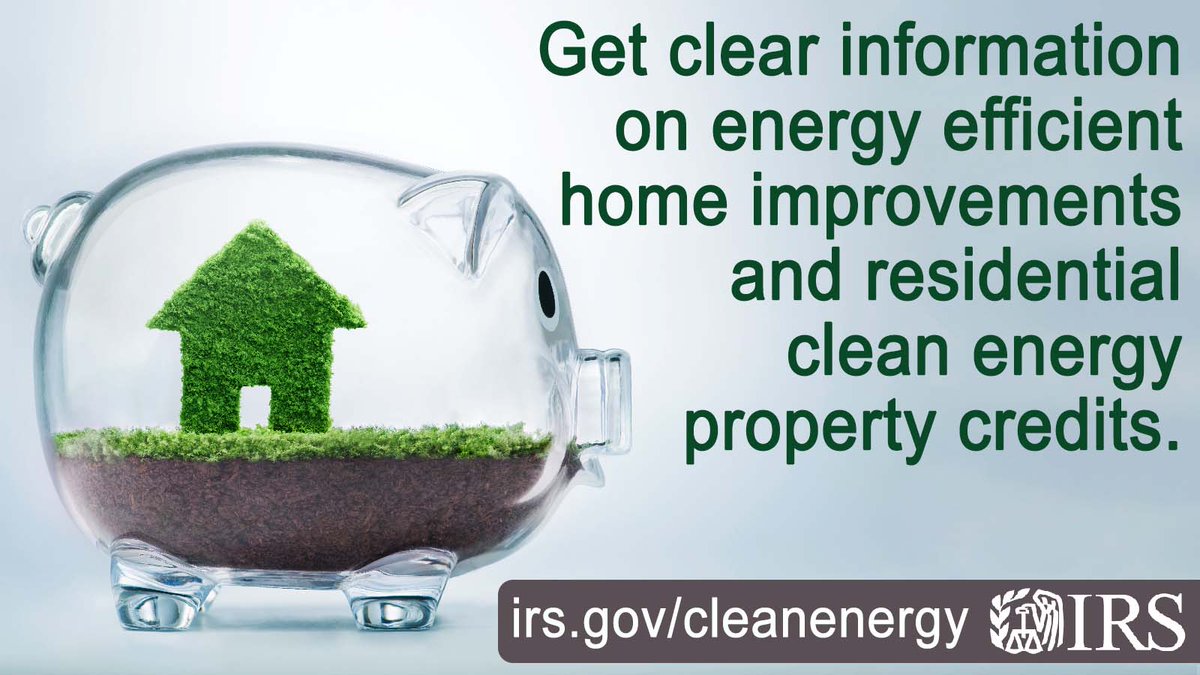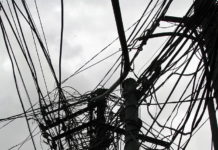The House version of Donald Trump’s “Big Beautiful” budget bill almost completely repeals the provisions of Joe Biden’s signature Inflation Reduction Act (IRA). In particular, the tax credits for homeowners and electric vehicles will be zeroed out in the coming tax year.
If you are a high income earner or a corporation, you will probably see your taxes go down if the Senate passes a similar version of the bill. Lower income earners will likely see their taxes go up… and younger Americans will all likely see their taxes go up in the long term when they have to pay for the additional debt the US will have to take on to pay for those tax cuts for high earners and corporations.
You can read endless articles about why you should or should not support this Republican effort elsewhere. You probably should care, since the bill will likely make a large difference to both your and the country’s financial future. If you live in a state with a Republican Senator, or run a company that will be affected, you should let him or her know how you feel and why. (The Democratic Senators are all expected to vote against the bill.)
Given that the Republicans are committed to extending Trump’s 2017 tax cuts, I think we can expect some version of the bill will pass the Senate and make it through the reconciliation process with the House.
That eventual bill will very likely greatly reduce or eliminate the personal energy tax credits from the IRA. Regardless of if you support the bill or not, you should be thinking about taking advantage of those tax credits before they go away if you can.
Individual Energy Tax Credits on the Chopping Block
Here are the energy investments that still get a tax credit in the 2025 tax year, but likely will not in 2026 and beyond:
- Solar (30%, uncapped)
-
-
- If you have been thinking about going solar, it’s time to stop thinking and start investing. A tax credit for 30% of the value of a home solar system makes a big difference in the economics, which become even more attractive as electricity prices rise.
-
- Battery storage (30%, uncapped)
-
-
- Falling prices have made home battery backup has become increasingly affordable in recent years, especially since the IRA made it possible to qualify for this tax credit on systems that are not installed with solar. The loss of this tax credit and high potential tariffs are likely to reverse that trend in 2026.
-
- Efficient home Heating (30%, capped at $2000)
-
-
- Heat pumps are air conditioners that can also work in reverse. An air conditioner takes heat out of your home and puts it outside, a heat pump can do that, but also in reverse, bringing heat from outside and putting it inside you home even on cold winter nights. Since about 2010, “cold climate” heat pumps have been available that work even in the weather conditions common in the northern US. If your air conditioner, furnace, or boiler is getting old, now might be a good time to replace it with a heat pump.
- Heat pump water heaters take heat and humidity out of the air around them and use it to heat the water, making them 3 to 5 times as efficient as an electric water heater. Most people don’t realize how much energy they use for hot water (it’s typically the second largest energy use after heating and cooling). If you will have to replace your water heater soon, and you have enough space around your water heater to draw heat from, a heat pump water heater typically pays for the incremental cost in a couple years or less. Households with more than one person will likely find that it even makes sense to replace an electric water heater long before the end of its useful life.
- Efficient wood stoves and wood pellet stoves, and wood boilers also qualify for this credit. Thinking of putting a fireplace insert into that old masonry fireplace? Now is the time.
-
- Geothermal (30%, uncapped)
-
-
- Home geothermal, also known as ground-source heat pumps are the most efficient way we have to heat and cool a building. Some geothermal systems can also supply hot water, making them an efficient one-stop shop for the vast majority of your home’s energy needs. While much more expensive up front than air source heat pumps, they can be cost effective for larger homes and older homes that are difficult to insulate properly. The uncapped tax credit plays a major role in that cost-effectiveness calculation.
-
- Insulation and Weatherization (30%, capped at $1200)
- Energy Star qualified doors (up to 2 doors at $250 each.)
-
-
- Energy Star qualified windows (up to $600 total)
- Insulation and air sealing (up to the $1200 cap)
- Energy audits (up to $150)
-
- Electric Vehicle purchase (up to $7500)
-
-
- Many new electric and plug-in hybrid electric vehicles qualify for a tax credit of up to $7500, subject to some requirements for local sourcing and manufacturing, vehicle MSRP, and taxpayer income. If the EV you are interested in does not qualify or your income is too high to qualify, you may still be able to take this tax credit by leasing, because businesses (including leasing companies) can qualify under much less stringent criteria.
-
- Used Electric Vehicles (up to $4000)
-
-
- Used EVs costing less than $25,000 qualify for a 30% tax credit (which can be taken by the dealer, thus lowering the up-front cost) for moderate and lower income buyers ($75,000 AGI in one of the two most recent tax years for single filers)
-
- Electric Vehicle Chargers (30%)
-
- Tax filers in “non-urban” census tracts (map here) can qualify for a 30% tax credit on the costs of the charger and installation.
How to Prioritize
That’s quite a list of tax credits that are likely to be repealed, and none of us has the time to make all these upgrades before the end of the year, so most readers will have to prioritize. I’ve already done most of these upgrades myself (some of which I did at the end of 2024, shortly after the election made IRA repeal look increasingly likely), but writing this article reminded me about a couple of windows I’ve been meaning to replace for years.
Similarly, I suggest readers go through the list and ask themselves if there is something they have which will need to be replaced in the next few years (air conditioner, furnace, car) or that they have been thinking about doing for a while, but it has never risen to the top of their priority list.
If there’s nothing already on your to-do list, a good place to start is a home energy audit from a qualified auditor. A number of nonprofits like New Yorkers for Clean Power, Go Electric Colorado, and Massachusetts’ HeatSmart Alliance also offer free energy coaching to homeowners and renters. Consider doing a web search for “free home energy coaching [your state or community]” to find a similar program near you. If not, many of these volunteer coaches are happy to help people outside their immediate area, although they may lack knowledge about your local utility programs, which may provide significant additional savings.








